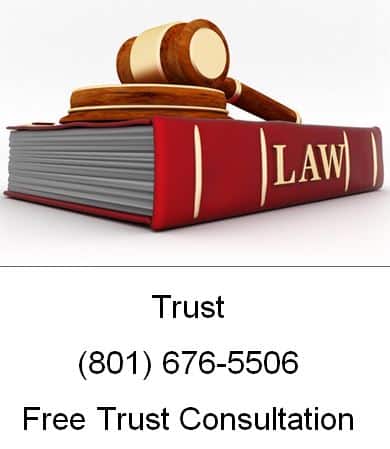If you own a house you’re likely familiar with what a trust account is. Your mortgage lender probably set one up for you when you purchased your home. The lender uses this account to pay your property taxes and insurance on your behalf. This type of trust account is known as an escrow account.
A trust account is also an important estate planning tool. When you create a trust, you transfer legal ownership of your property or assets to a trustee who is the person or institution responsible for handling the property. This property is held for the benefit of a third party, known as the beneficiary.
When you create a trust, it doesn’t have any power until you transfer money or other assets into the trust account. Typically, a bank or other financial institution acts as custodian or holder of the trust assets by placing them into a trust account in the name of the trust. All expenses and distributions to the beneficiary must be made from this account.
Setting Up a Trust Account
Your trust is just a stack of paper until you fund your trust account. There are several steps to properly setting up a trust account, including:
-
Select the Type of Trust
Your first decision is to select the type of trust that works best for you. A trust can be created during life (inter vivos) or after you pass away (testamentary). A trust can be revocable during your lifetime or irrevocable. You may wish to provide for a loved-one who can’t care for themselves with a special needs trust. The type of trust you chose will determine the form of trust account you must open.
-
Appoint a Trustee
A trustee is the person who manages your trust assets and executes the terms of the trust. Any mentally competent adult may be named a trustee. Although you can serve as the trustee, remember to designate an alternate trustee for when you die or become incapacitated. A trust department in a bank or a law firm can serve commonly serve as trustees. If you select an individual to serve as your trustee, make sure that person understands the nature of the trust and their duties before they agree to serve.
-
Assets
You must determine which of your assets you want to place in the trust. Assets such as cars, real estate, stock and bank accounts have legal title that must be changed to the name of the trustee. (Remember the trustee has legal ownership of the trust property.) Some assets such as art and jewelry don’t carry a legal title. In these instances, you must transfer your right to the property to the trustee. Be certain the trust documents state the specific powers the trustee has over the trust assets.
-
Draft and File Documents
The laws of your state will determine the types of trusts that are available to you, and how your trust should be written. Be sure to sign and notarize your documents. In some regions, you are required to file your trust documents with the state.
-
Go to the Bank
The trust documents will give the bank instruction on how to set up the trust account including a name and trustee designation, such as “trustee for the benefit of …” to indicate the individual or organization for whom the trustee is handling the assets.
Free Consultation with a Utah Trust Lawyer
If you are here, you probably have an estate or trust law issue in Utah you need help with, call Ascent Law for your free estate law consultation (801) 676-5506. We want to help you.
8833 S. Redwood Road, Suite C
West Jordan, Utah
84088 United States
Telephone: (801) 676-5506
Recent Posts
Utah Protective Orders and Divorce
Payable on Death Beneficiary for Accounts
Do You Qualify for a Chapter 7 Bankruptcy?
Who Starts the Divorce in Utah?
Source: https://www.ascentlawfirm.com/what-is-a-trust-account/
source https://enterce.wordpress.com/2018/06/29/what-is-a-trust-account/


No comments:
Post a Comment